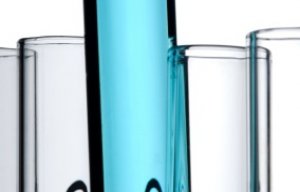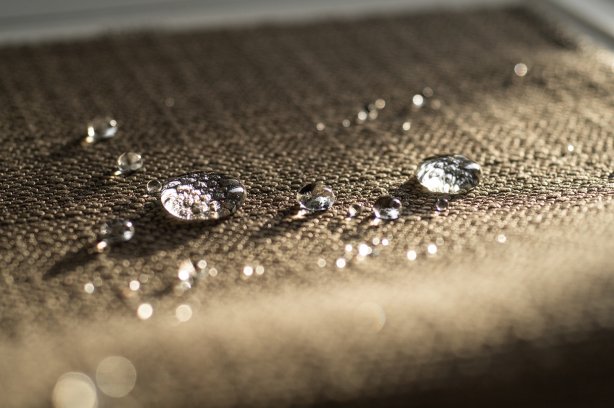
Huntsman introduces new non-fluorinated DWR
Nanomaterials manufacturer, Promethean Particles, has joined a consortium of organisations to research and develop new safe and sustainable water repellent fabrics

29th June 2020
Innovation in Textiles
|
Nottingham, UK
Nanomaterials manufacturer, Promethean Particles, has joined a consortium of organisations to research and develop new safe and sustainable water repellent fabrics.
Today, the highest level of water and oil repellency is achieved by using highly fluorinated chemical substances. However, increased concern and heightened regulation of perfluorocarbons and polyfluoroalkyl substances (PFCs and PFASs) is leading the textile industry to seek alternative chemistries that are more sustainable.
The other four other partners involved in the Innovate UK-funded project, REPETEX, are North West Textiles Network, Manchester Manufacturing Group, Mexar, an independent inkjet ink manufacturer specialising in water-based inkjet technologies, and The Welding Institute (TWI).
Dr Selina Ambrose, Technical Manager at Promethean Particles, said: “Durable water repellent technologies have been traditionally incorporated into technical textiles for Personal Protective Equipment (PPE) applications, utilised by first responders, military personnel and outdoor industrial workers.”
“More recently, there has also been a trend for water repellent apparel within high-end fashion, sports and leisurewear markets. As demand for such fabrics increases, it has become necessary to find a manufacturing solution that is greener and safer yet doesn’t comprise the other key functionalities of these high-performance textiles including durability, comfort and breathability.”
As part of the project, Promethean Particles is developing functionalised silica (silicon dioxide) nanoparticles that can be incorporated into a water-based ink for digitally printing on to textiles.
According to Promethean, functionalised silica nanoparticles play a key role in providing superhydrophobic properties by manipulating the natural surface roughness of the textile microstructure fibres with selectively designed surface chemistry. This provides the uplift required from superhydrophobic performance at the nanoscale level without the use of perfluorooctanesulfonic acid (PFOS), the company says.
PFOS is a potentially toxic by-product of PFCs and its use in fabrics is regulated by the European Union. The best performing PFCs have raised significant health and environmental concerns relating to the loss of fluorinated by-products from textiles throughout a fabric’s life cycle.
Dr Ambrose added: “The objective of this project is to deliver a cost-effective, alternative treatment that provides textiles with durable repellent characteristics, while retaining performance. The unique nanoparticle manufacturing process that Promethean has developed will be crucial to bringing this to fruition.”
Promethean says its market-disrupting continuous-flow production process means the nanoparticles manufactured are reproducible on a large scale, without affecting performance and quality. Thousands of litres in output can be achieved, generating a huge reduction in production costs compared to a batch process, that can be passed to textile manufacturers, the company adds.
The water repellent technology being developed as part of the REPETEX project is primarily for cotton, polyester and cotton-polyester blends but if shown to be successful, it could be adapted for a wider range of fabrics in the future.

Business intelligence for the fibre, textiles and apparel industries: technologies, innovations, markets, investments, trade policy, sourcing, strategy...
Find out more